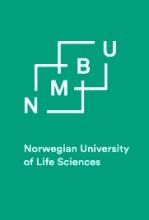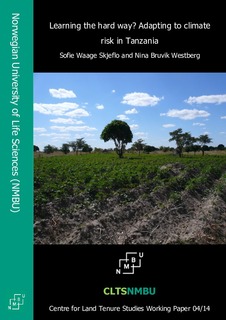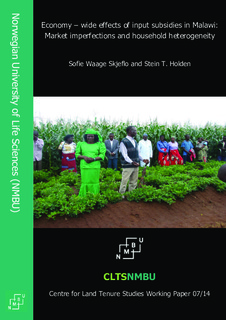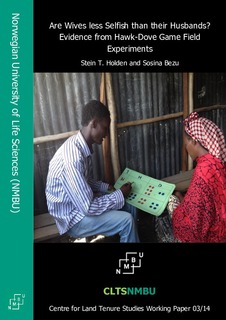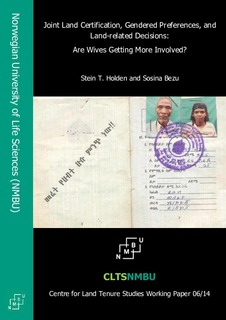Location
NMBU's mission is to contribute to the well-being of the planet. Our interdisciplinary research generates innovations in food, health, environmental protection, climate and sustainable use of natural resources.
About NMBU
NMBU's research is enabling people all over the world to tackle the big, global challenges regarding the environment, sustainable development, how to improve human and animal health, renewable energy sources, food production, and land- and resource management.
Members:
Resources
Displaying 46 - 50 of 98Learning the hard way? : adapting to climate risk in Tanzania
We use recent panel data on Tanzanian farm households to investigate how previous exposure to weather shocks affects the impact of a current shock. Specifically, we investigate the impact of droughts on agricultural outcomes and investments in children’s health, measured by their short- and long-term nutritional status. As expected, we find that droughts negatively impact yields, with the impact increasing in the severity of the shock, and that severe droughts have a negative impact on short-term nutritional outcomes of children.
Economy-wide effects of input subsidies in Malawi : market imperfections and household heterogeneity
The potential benefits of providing subsidized inputs to farm-households in developing countries may reach well beyond the targeted households. More specifically, increased food productionand demand for rural labor may benefit poor households through lower food prices and higherrural wages. However, two recent studies of a large input subsidy program in Malawi find thatthese effects are smaller than expected based on anecdotal evidence and previous studies usingsimulation models.
Are wives less selfish than their husbands? Evidence from Hawk-Dove game field experiments
Lab-in-the-field Hawk-Dove game experiments were played by spouses in a rural sample of households in Southern Ethiopia where women/wives traditionally have a weak position. Randomized treatments included a 3x3 design with simultaneous, one-way signaling and sequential games as the first dimension and Pareto-efficient, Pareto-inferior and Pareto-superior (Dove;Dove) payout treatments as the second dimension, with a sequence of six game rounds per household.
Joint land certification, gendered preferences, and land-related decisions : are wives getting more involved?
We have investigated whether joint land certification in Southern Ethiopia has contributed to a strengthening of the perceived land rights of women and an increase in their intra-household involvement in land-related decisions. We use gender-disaggregated household panel data and generate indices for wives’ and husbands’ land rights attitudes and for wives’ involvement in land-related decisions. After controlling for endogeneity of land certification, using a control function approach, we find that receipt of land certificate has strengthened wives’ awareness of their land rights.
Land valuation and perceptions of land sales prohibition in Ethiopia
This study investigates attitudes towards legalizing land sales and Willingness to Accept (WTA) sales prices and compensation prices for land among smallholder households in four different areas in the Oromia and SNNP Regions in the southern highlands of Ethiopia.
Household panel data from 2007 and 2012 are used. The large majority of the sample prefers land sales to remain illegal, and the resistance to legalizing land sales increased from 2007 to 2012. In the same period, perceived median real land values increased sharply but also exhibit substantial local variation.

